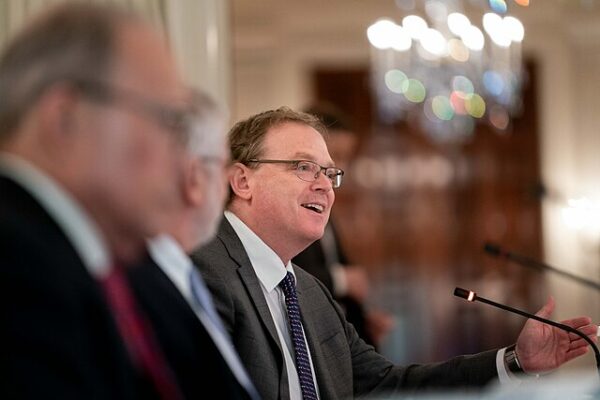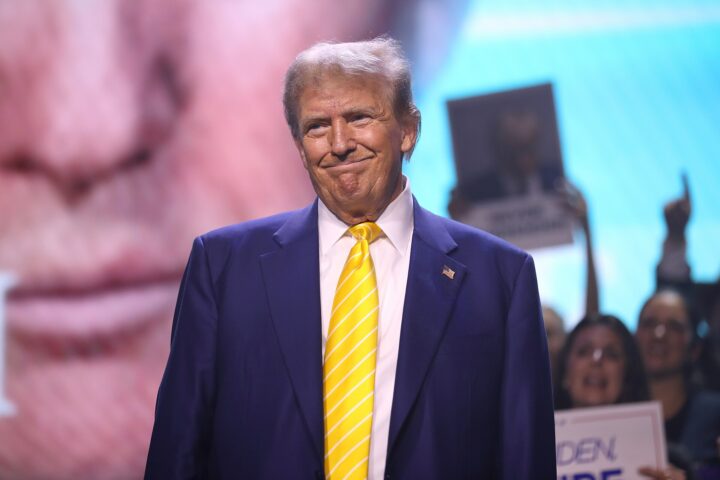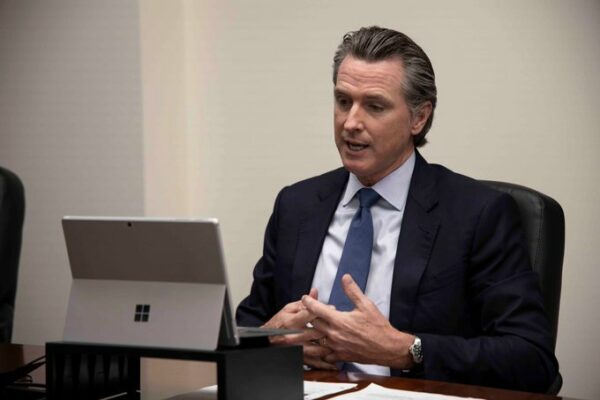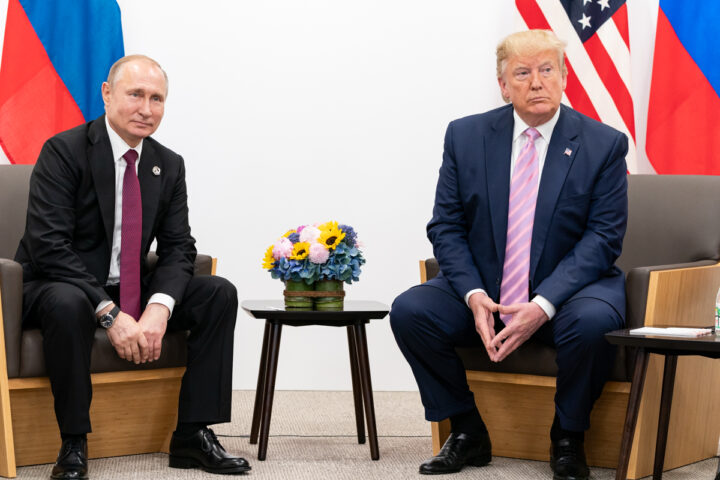Kevin Hassett, President Trump’s director of the National Economic Council and one of his longest-serving economic advisers, has emerged as the leading contender to replace Jerome Powell as chair of the Federal Reserve, according to people familiar with the deliberations cited by Bloomberg News. The development underscores how aggressively the incoming Trump administration may seek to reorient — and potentially assert more influence over — the traditionally independent central bank.
Treasury Secretary-designate Scott Bessent signaled Tuesday on CNBC that there is a “very good chance” President Trump will announce his pick before Christmas. Mr. Powell’s four-year term expires in May 2026.
While a handful of candidates remain in the running, The New York Times reports that Mr. Hassett has pulled ahead. President Trump had previously identified Mr. Hassett, former Fed governor Kevin Warsh, and current governor Christopher Waller as his top choices.
Mr. Hassett, who chaired the Council of Economic Advisers during the first Trump term, has echoed the president’s long-standing criticism that the Powell-led Fed kept interest rates “too high for too long,” unnecessarily straining the economy. Throughout both terms, Mr. Trump has expressed frustration over his limited authority to steer monetary policy. Over the summer, he drafted — but ultimately withdrew — a letter aimed at removing Mr. Powell after facing resistance from congressional Republicans.c
For his part, Mr. Hassett made clear his readiness on Fox News last week: “If he were to ask me to be Fed chair, then of course I would have to say yes, because I want to serve my country and I want to serve my president.”
Economists warn that elevating a close political ally to lead the world’s most influential central bank could weaken the Fed’s credibility at a moment when policymakers remain divided between guarding against renewed inflation and supporting economic growth. Even if replaced as chair, Mr. Powell could remain on the Board of Governors until his 14-year term expires in January 2028 — limiting how rapidly President Trump could reshape the institution.
Markets nevertheless embraced the prospect of a more accommodating Fed. After Bloomberg’s report, the S&P 500 rose and Treasury prices climbed. As of Wednesday morning, futures markets were assigning an 82 percent probability to a quarter-point rate cut at the Fed’s December meeting — up from just 27 percent a week earlier.
The White House has not commented on the shortlist or the expected timing of a decision.








